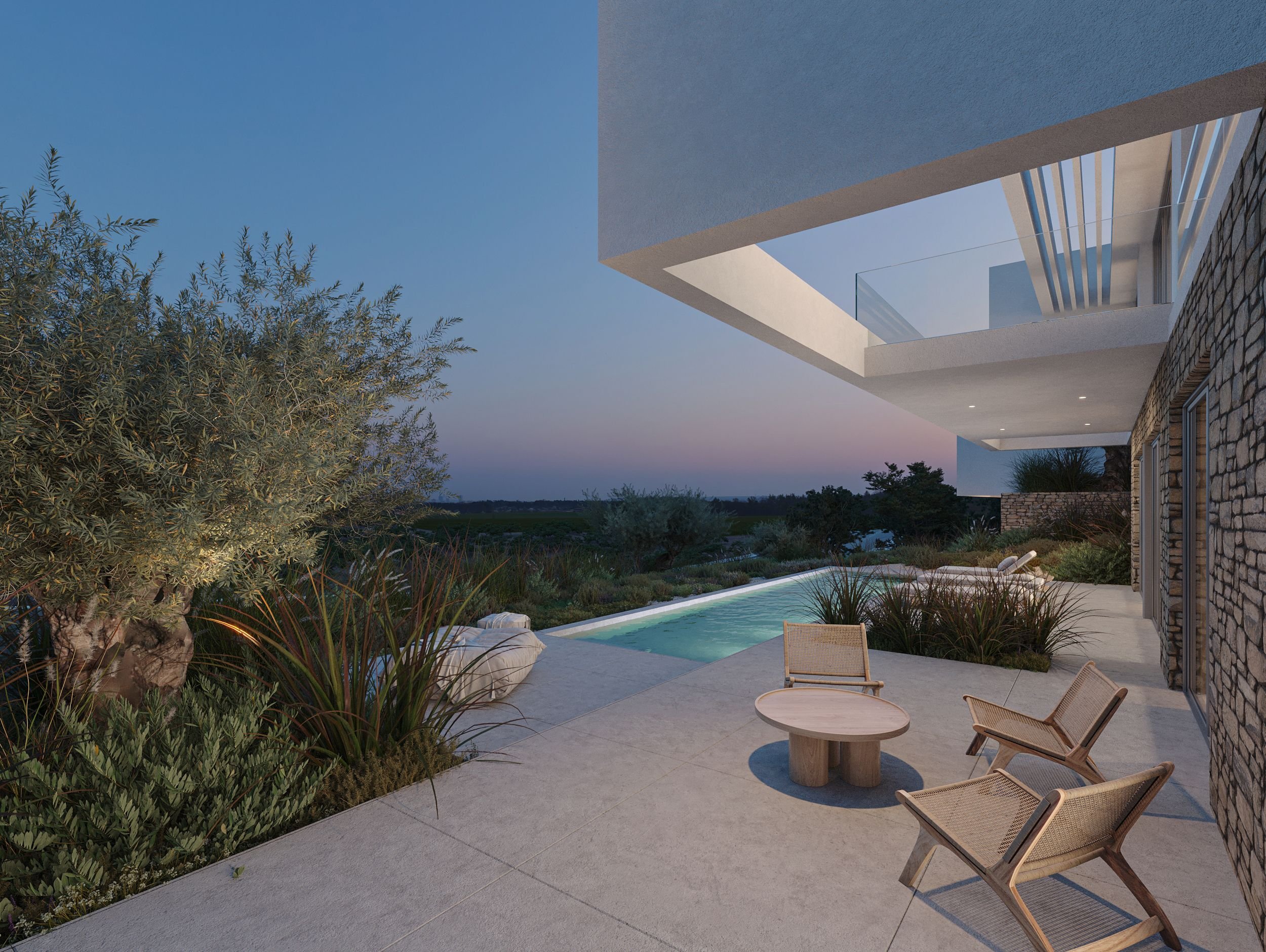The Power of Architectural Visualisation: Why it matters for architects
Discovering the Significance of Architecture Visualisation for Architects
Have you ever wondered why architectural visualisations play such an important role in the field of architecture? In this article, we will explore the relevance of architecture visualisation and how it gives architects the opportunity to bring their designs to life effectively and in an appealing way.
What is Architecture Visualisation?
Let's first understand what architecture visualisation is. Architecture visualisation, often referred to as 3D visualisation in architecture or CGI images, is the process of creating realistic digital representations of architectural designs. Through the use of technical software, architects can transform their 2D drawings into immersive 3D visualisations that portray their project as they envisioned them.
Enhancing Communication and Collaboration
One of the reasons why architecture visualisation is of great value for architects is its ability to improve communication and collaboration. Visual representations provide a common language that goes beyond technical jargon and puts architects in the position to express their ideas to clients, colleagues, and stakeholders. 3D models can bridge the gap between the imagination of the designer and the understanding of others.
Exploring Design Alternatives
Another significant benefit of architecture visualisation is its ability to explore different design alternatives. Thanks to 3D models, architects can easily iterate and experiment with various design options, materials, and configurations. This allows them to evaluate the impact of each decision and make informed choices that align with the project's requirements. Architects can select the most suitable solution for their clients by comparing different design options based on the same layout.
Streamlining the Approval Process
Architecture visualisation is also quite important in the approval process for architectural projects. Architects can communicate their design intent to regulatory authorities, planning committees, and other decision-makers by submitting realistic and visually compelling 3D models for them to inspect. These visualisations help stakeholders determine the project's impact on the surrounding environment and ensure a smoother approval process and may also reduce potential objections or concerns.
Benefits of Architecture Visualisation
Let's take a closer look at the key benefits that architecture visualisation brings to architects:
Improved Client Communication: Visual representations facilitate communication between architects and clients, ensuring that everyone is on the same page regarding design expectations.
Enhanced Design Development: Architecture visualisation allows architects to refine and develop their designs by exploring them in a realistic 3D environment. This enables them to identify design flaws, make necessary adjustments, and optimise the final outcome.
Realistic Presentation: Visualising designs in 3D provides clients and stakeholders with an accurate preview of the project. This immersive experience allows them to understand the proposed design and make informed decisions.
Marketing and Promotion: 3D visualisations serve as compelling marketing tools, allowing architects to promote their portfolio and attract potential clients. These visuals communicate the unique selling points of the design with efficacy, and set architects apart from their competitors.
Architecture visualisation is an indispensable tool for architects, offering a wide range of benefits that enhance design communication, collaboration, and decision-making. The significance of architecture visualisation goes beyond mere aesthetics, it give architects the chance to create connections, foster understanding, and move their projects forward.


